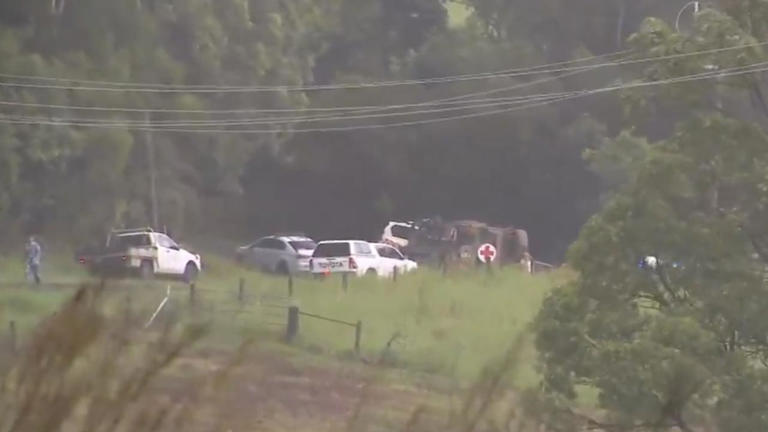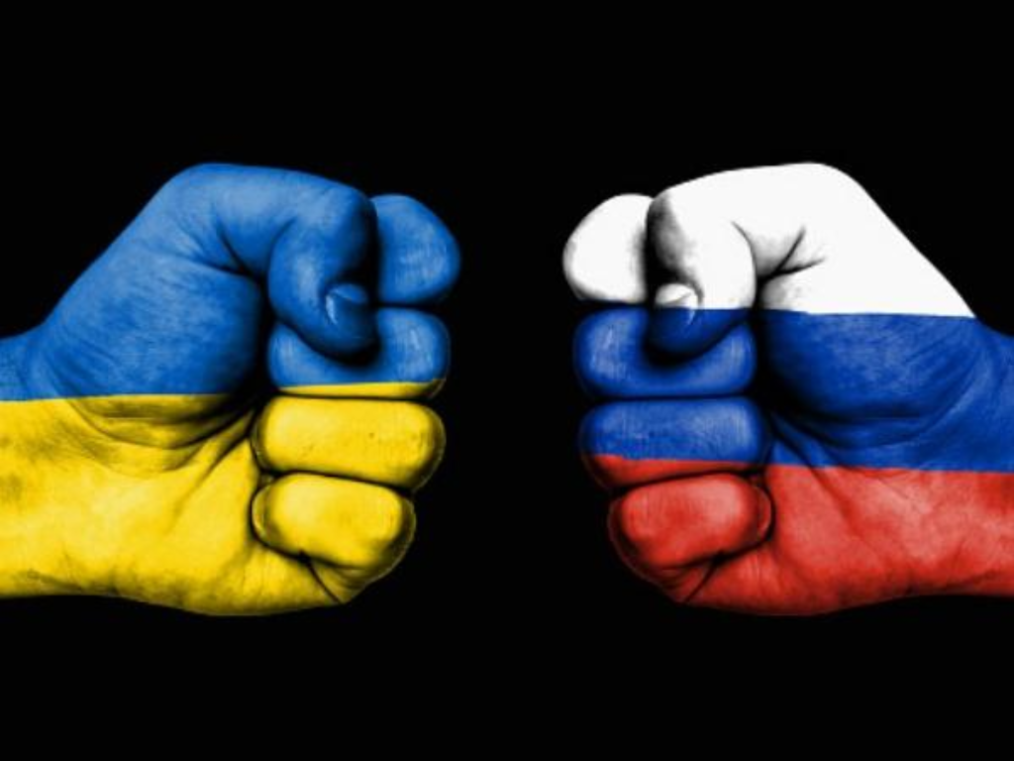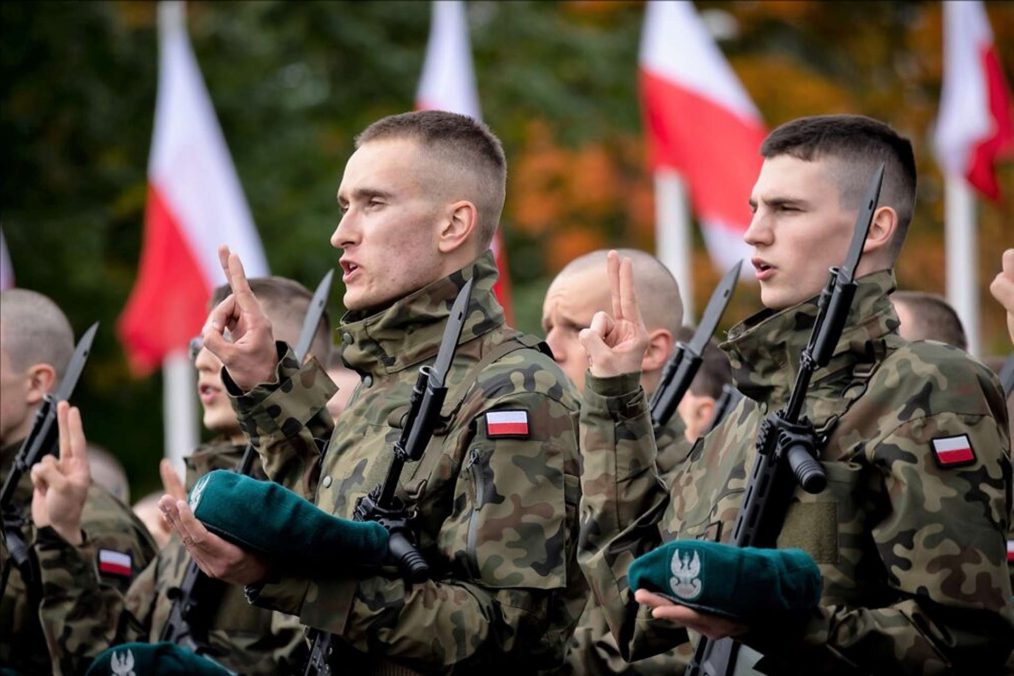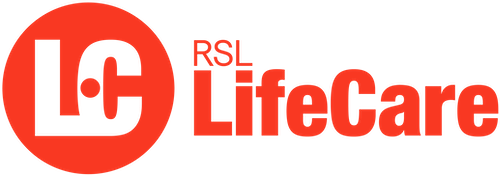The Big Announcement
On March 7, 2025, Polish Prime Minister Donald Tusk announced plans to introduce mandatory military training for all adult men. The initiative aims to prepare Poland’s male population for potential wartime scenarios and strengthen national defence in response to growing regional security concerns.
The training program is designed to equip men with fundamental military skills, even if they do not enlist in the armed forces. A comprehensive model for the training is expected to be finalized by the end of the year. The government is also considering including women in the program, though Tusk remarked that “war is still to a greater extent the domain of men.”
Geopolitical Concerns Driving the Decision
Poland’s strategic location plays a significant role in its security posture. The country is positioned between Kaliningrad, a Russian exclave, and Belarus, a key Russian ally, which creates considerable geopolitical pressure.
The government plans to expand its armed forces, including reservists, from 200,000 to 500,000 personnel. Tusk emphasized the disparity in military strength between regional players, noting that Ukraine maintains 800,000 troops while Russia commands a force of 1.3 million.
Exploring Nuclear Capabilities
In addition to conventional military expansion, Poland is exploring nuclear defence options. Tusk referenced Ukraine’s vulnerability after relinquishing its nuclear arsenal, highlighting Poland’s concerns about deterrence. Poland is evaluating France’s nuclear umbrella proposal but seeks clarification on command and control aspects.
Boosting Defence Spending
Poland has already emerged as NATO’s top defence spender, allocating 4.7% of its GDP to military expenditures in 2025, with plans to raise it to 5%.
Recent military acquisitions include a $20 billion arms deal with the United States for Abrams tanks, F-35 fighter jets, and Apache helicopters. Additional contracts with South Korea have secured K2 tanks and FA-50 aircraft, further modernizing Poland’s military capabilities.
Public Response
The announcement has sparked a spectrum of reactions among Polish citizens. Supporters argue that mandatory training is a necessary measure to bolster national security. Critics express concerns over increased militarization and the implications of compulsory service.
As Poland fortifies its defence posture, the success of this initiative will depend on public reception, effective implementation, and broader geopolitical developments in the region.










